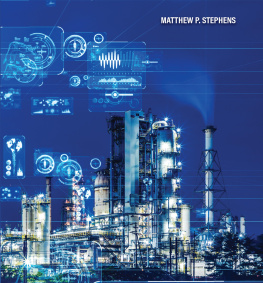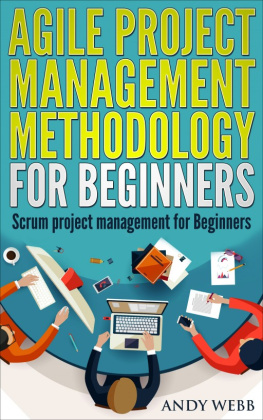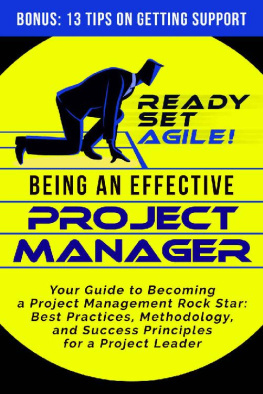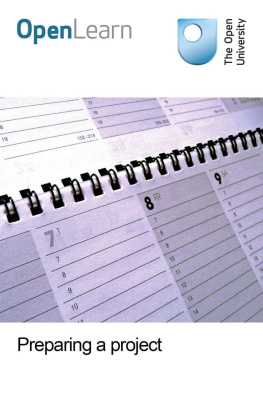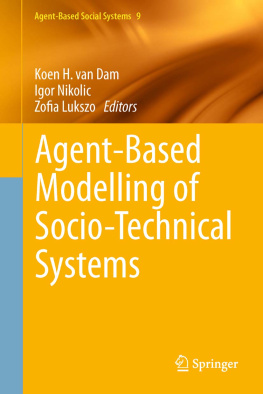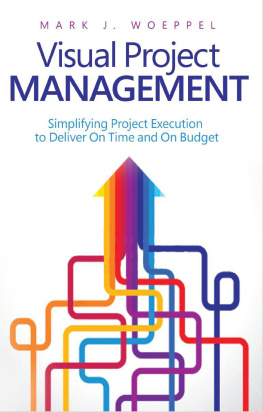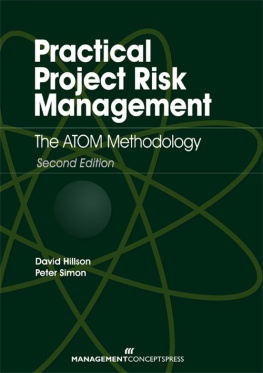Dedication
Praise for Enterprise IoT
Enterprise IoT will be the dominant theme for industrial companies in the coming decade. This book provides actionable guidelines for business and IT executives to master the challenges and reap the rewards of this transformation.
Anand Mahindra, Chairman and Managing Director of Mahindra Group
The Enterprise IoT project looks set to become the primary source for answers to the big IoT questions that are challenging enterprises right now: where to start? What do you do first? What steps are necessary not only from a technical perspective, but from a product and workforce perspective? The collaborative and open approach is a perfect match for the open nature of the IoT.
Dr. Richard Soley, Executive Director of the Industrial Internet Consortium (IIC)
The industrial internet of things is a union of two domains, each with its own distinct history and culture. Manufacturing tends to focus on quality and long product lifespans. The software world tends to focus on speed and agility. This book reveals the benefits and potential risks of combining the two cultures on a truly global scale. Based on best practices culled from real-world case studies, the Ignite Methodology offers a blueprint for transitioning into the IoT economy .
William Ruh, Vice President of GE Software
Enterprise IoT
by Dirk Slama , Frank Puhlmann , Jim Morrish , and Rishi M. Bhatnagar
Copyright 2016 Dirk Slama, Frank Puhlmann, Jim Morrish, Rishi Bhatnagar. All rights reserved.
Printed in the United States of America.
Published by OReilly Media, Inc. , 1005 Gravenstein Highway North, Sebastopol, CA 95472.
OReilly books may be purchased for educational, business, or sales promotional use. Online editions are also available for most titles (http://safaribooksonline.com). For more information, contact our corporate/institutional sales department: 800-998-9938 or corporate@oreilly.com .
- Acquisitions Editor: Jon Bruner
- Editor: Dawn Schanafelt
- Production Editor: Matthew Hacker
- Copyeditor: Jasmine Kwityn
- Proofreader: Sonia Saruba
- Indexer: Ellen Troutman Zaig
- Interior Designer: David Futato
- Cover Designer: Edie Freedman
- Illustrator: Rebecca Demarest
- November 2015: First Edition
Revision History for the First Edition
- 2015-10-28: First Release
See http://oreilly.com/catalog/errata.csp?isbn=9781491924839 for release details.
The OReilly logo is a registered trademark of OReilly Media, Inc. Enterprise IoT, the cover image, and related trade dress are trademarks of OReilly Media, Inc.
While the publisher and the authors have used good faith efforts to ensure that the information and instructions contained in this work are accurate, the publisher and the authors disclaim all responsibility for errors or omissions, including without limitation responsibility for damages resulting from the use of or reliance on this work. Use of the information and instructions contained in this work is at your own risk. If any code samples or other technology this work contains or describes is subject to open source licenses or the intellectual property rights of others, it is your responsibility to ensure that your use thereof complies with such licenses and/or rights.
978-1-4919-2483-9
[LSI]
Foreword
Dear Reader,
After 25 years of socioeconomic transformation driven by the Internet, we are now looking at the next wave of disruptive changes. The Internet of Things (IoT) is transforming the way we interact with physical products. Constant connectivity will enable new products and services that we have not even thought of today.
True to our own strategic imperative Invented for Life, many IoT use cases have the potential to significantly improve quality of life in our society. Connected health devices can help to improve medical care. Urban eBike sharing services help reduce pollution and are fun to use! eCall Services reduce the time it takes to direct emergency services to the site of a car accident. Our Digital Horizon technology meshes traditional map data with additional data like traffic signs and road conditions to enable driving with foresight. Autonomous driving and its many precursors will change how we look at transportation. Smart Cities, Smart Buildings, and Smart Homes will improve peoples quality of life and save energy.
For many companies, the IoT will accelerate the shift towards integrated product and service offerings. Connected Asset Lifecycle Management and digital services will become an integral part of this development. However, we have to be aware that in this context two very different worlds are meeting. On the one hand, we have the manufacturing and engineering companies that have traditionally been driven by very high quality standards and long-term product thinking, often resulting in long product development cycles and a general risk adversity. On the other hand, we have the Internet companies that often focus on point solutions (minimum viable product), work in a perpetual beta mode, and generally seem prepared to take bigger risks.
Successful IoT businesses on the enterprise level will require a little bit of both. In particular, we need to combine the service-thinking of the Internet world with the device-centric, quality-focused thinking of the manufacturing world.
This approach will have to encompass both the technical as well as the organizational level. If we want to move from the more obvious, Remote Condition Monitoring-like services towards new, disruptive, data-driven business models in the IoT, we need to ask ourselves:
Which new services could make use of existing products and product data? How can the optimal interaction between new products and services be ensured? How does this affect my product design?
What impact does the new value proposition have on my marketing and sales organization? How can the data from connected products be used for better market segmentation, product tailoring, and cross-selling?
How can I adapt my after-sales processes to leverage the newly won customer usage data?
How can my service organization best leverage product data to help customers improve Operational Equipment Efficiency?
How can we as a company define efficient policies and governance mechanisms to ensure that customer data is used responsibly and in accordance with the customers wishes?
On the technological side, for example, we have to understand:
If my hardware development cycles are five times as long as my software rollout cycles, how can I decouple hardware and software on the asset more efficiently?
How can I manage these different lifecycles on a global scale?
What infrastructure is required to manage software on remote assets?
These are only some of the pressing questions that we need to address if we want to be successful in the Internet of Things. In my opinion, Enterprise IoT has taken a very good first step towards the development of a methodology that helps to identify the most critical issues, and to create answers by collecting best practices from experts and early adaptors in the IoT. The Ignite | IoT methodology is a very valuable tool for IoT product managers, IoT project managers, and IoT solution architects. Open sourcing Ignite | IoT and allowing for crowd-sourced input perfectly fits the open philosophy of the IoT. This approach will help to ensure that Ignite | IoT becomes a tried and tested delivery methodology for the Internet of Things.
With best regards,


